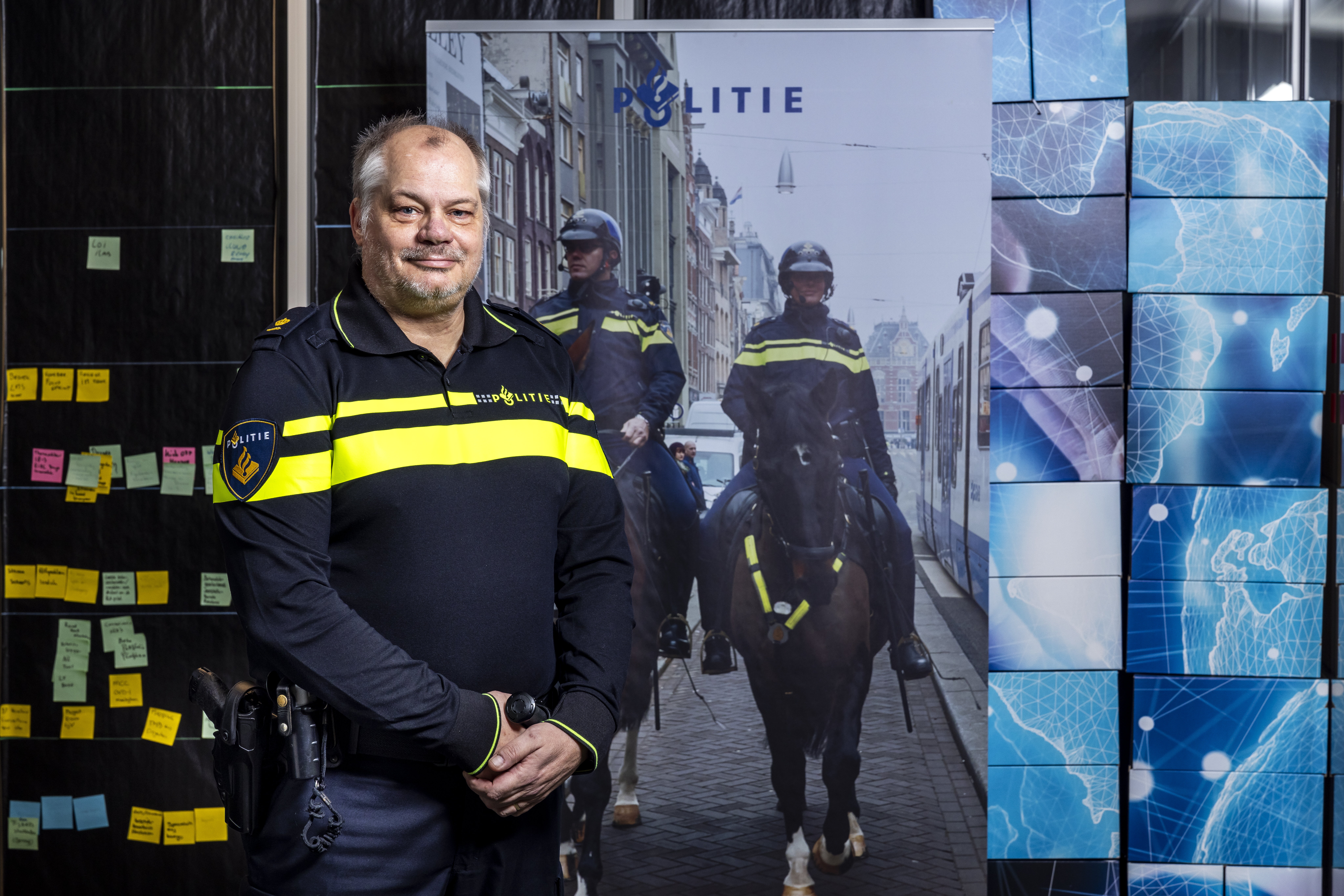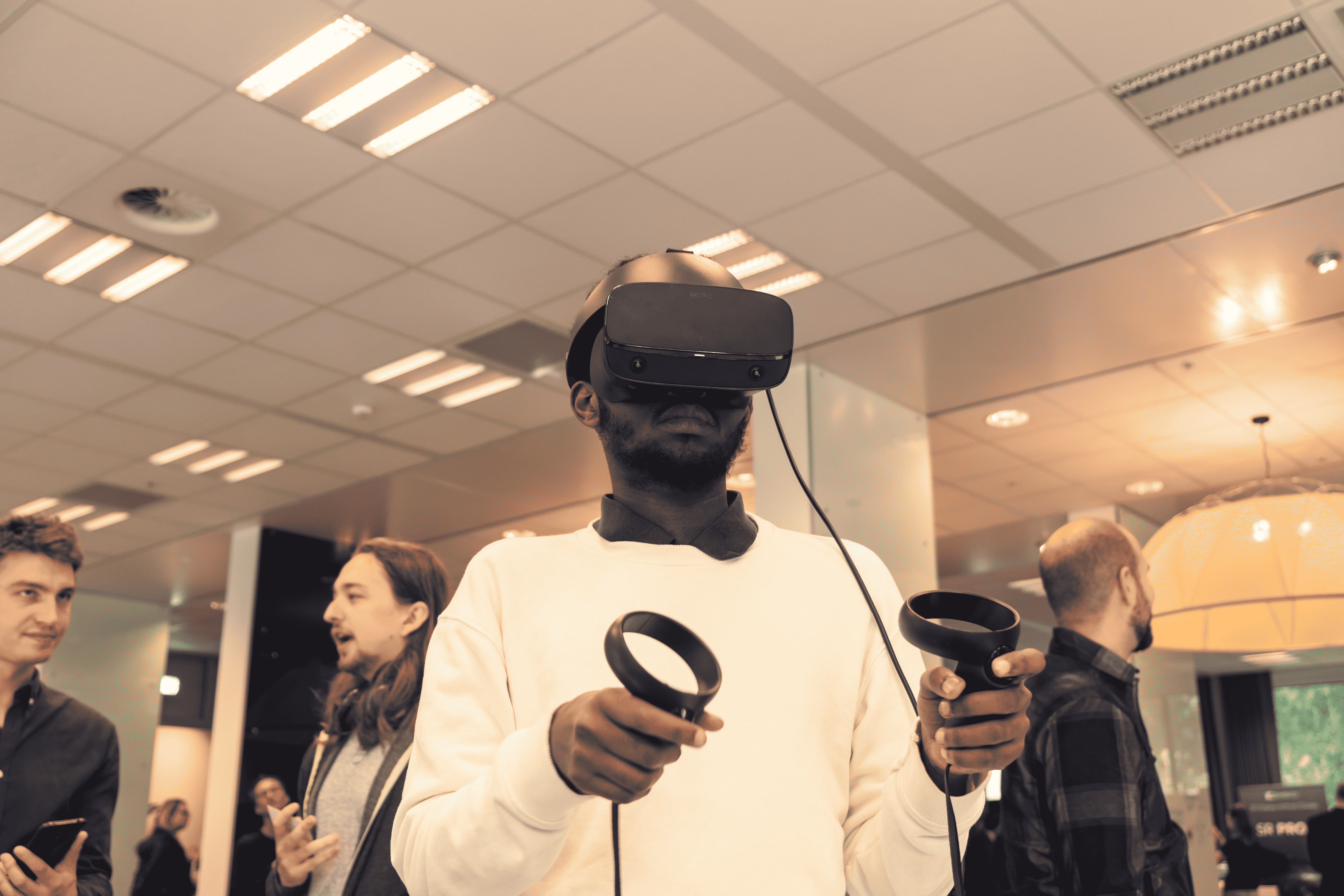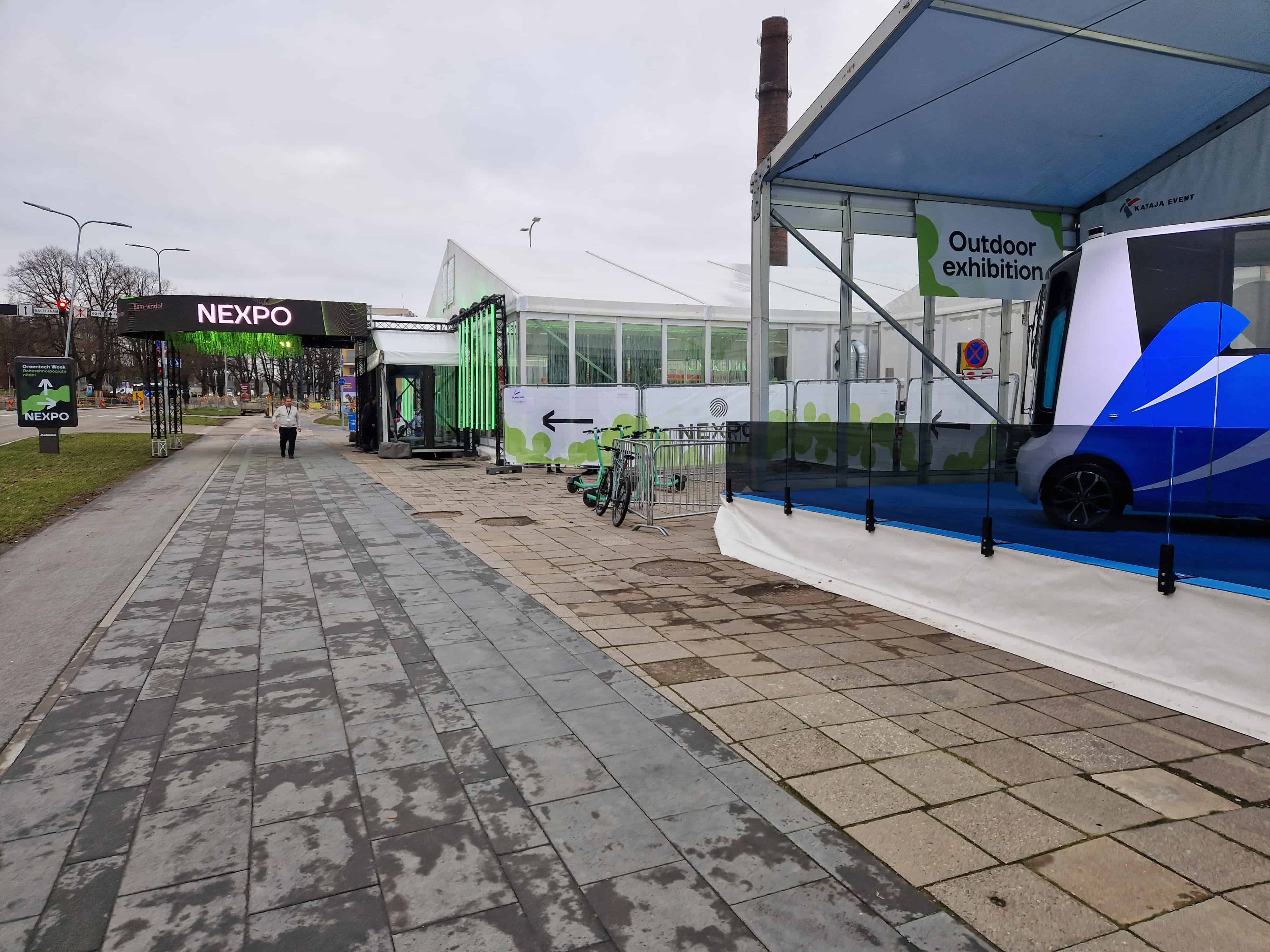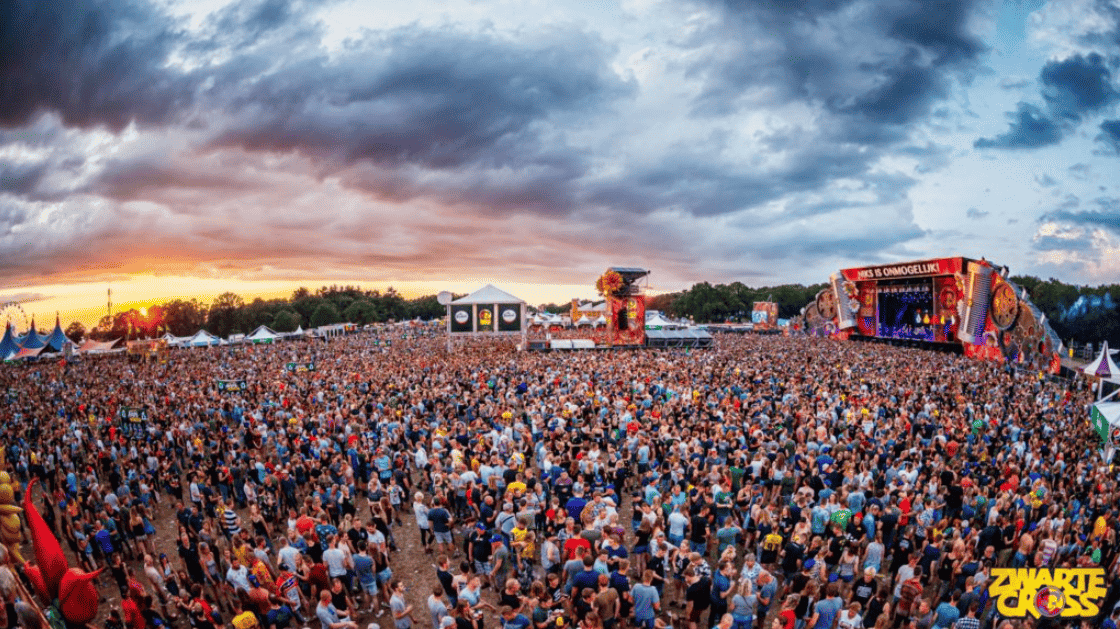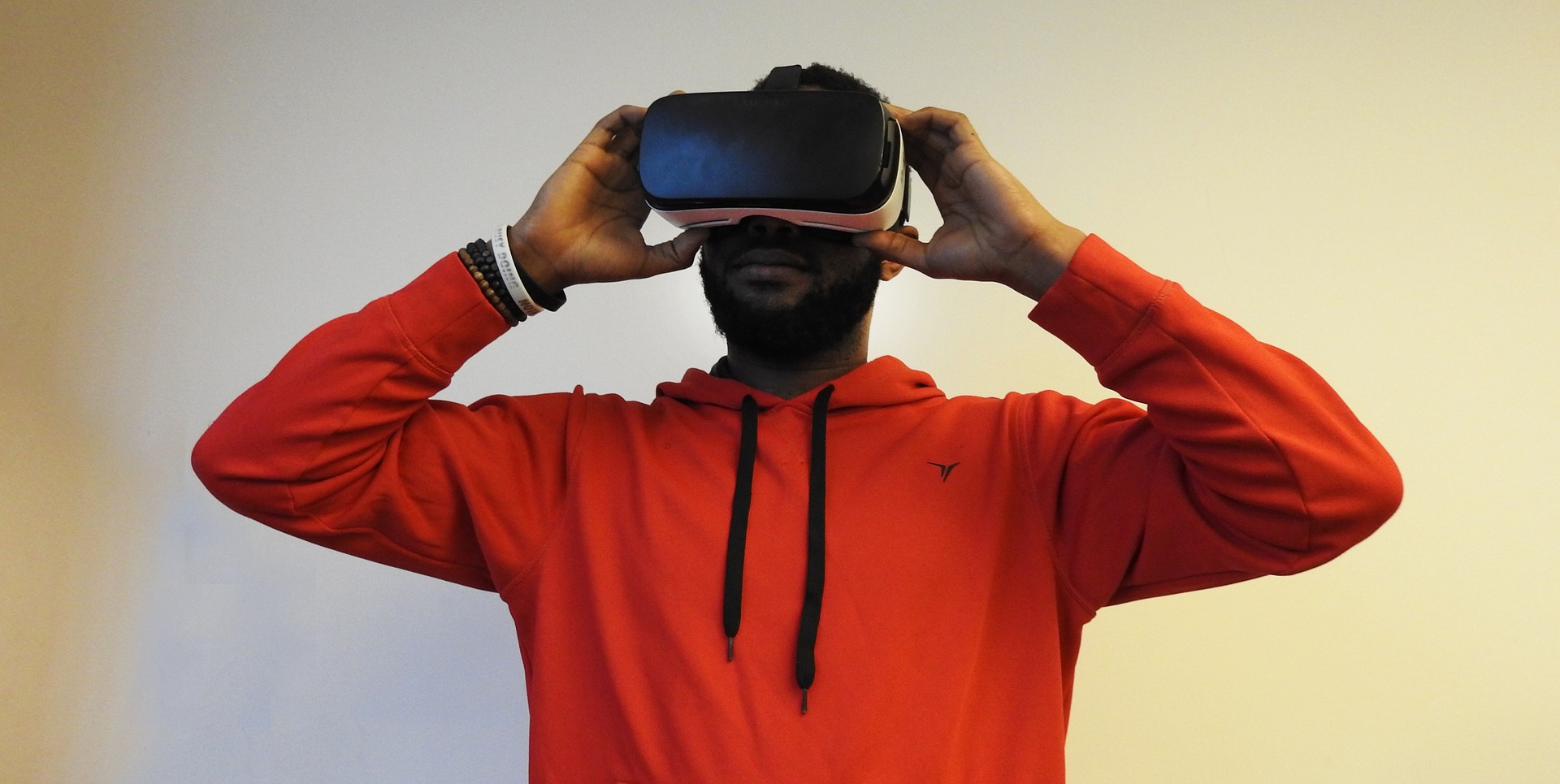
Immersive Content, ever heard of it? The word immersive makes you think of water. Of submersion, or of drowning. Immersion is a technology that uses a layer of water to create finer patterns in the production of microchips. Anyone working at ASML or elsewhere in the semiconductor sector will be familiar with the finer points of this term. But Immersive Content is a term that’s used when several of your senses are engaged; whereby you are immersed in a (digital) experience – i.e. content experiences. In other words, something different than static content, such as text or images.
Probably not a perfect explanation, yet the following ideas are worth considering. You and I, who consume all sorts of stuff on the Internet every day, are fodder for marketeers. Companies are constantly trying to gain our attention. Our eyes and ears are constantly being drawn towards things to read, look at, listen to and download. The content that grabs our attention the quickest is the content that we get emotionally involved with.
We assume that, as consumers, we are still free to decide when, where and how we want to consume digital items (content). Or at least that’s what we hope. But did you know that our average attention span has dropped to less than 9 seconds, the attention span of a goldfish? Children in primary and secondary school read less than ever… But they do watch more, and their reaction time is probably faster than that of older people thanks to a lot of gaming.
Buzz
We are constantly choosing what to focus our attention on. But we only have a limited amount of attention to spare. Being able to meet up with a real person again after COVID-19 feels like a real buzz. Hold on to that feeling. Because the people who are really with us are actually more important than the people who are not there – on your phone, for instance. The question is: Who do we give our attention to?
For marketeers, the greatest challenge is to hold our attention. The content strategy of any company revolves around this challenge. How do we attract people to our brand in the first place, and how do we keep them on board? Companies know that a message should always excite the user. The Dutch NOS broadcasting corporation won the Grand Spin Award with a media format featuring interactive stories about depression and telephone addiction.
This media format signals the trend of immersive storytelling: through active, engaged participation, you become part of ‘the content’. You might think, ‘I can decide for myself whether I become part of something or not’. Well that is precisely the issue. After all, the youngest generation of children simply grows up enjoying entertaining activities on the net. For them, this is just as normal as a one-year-old being able to operate a touchscreen. And grown-ups do the same. Because having fun feels so good.
Simple tools for users
Virtual Reality (VR) and Augmented Reality (AR) from the technology industry are offering new formats in this media development. As far back as 2008, AR was hailed as the most exhilarating news in the media field, but the general public did not notice much of it at the time. For Extended Reality (XR, the umbrella term for VR and AR) to become truly commercially successful, it requires simple tools for users. But the upscaling of XR is mainly driven by rich and eventful content and experiences: Immersive content.
The invention of fundamental technologies behind the recording and transmission of moving images and sound brought us radio, television, film, telephone and the Internet. This led to new industries and creative developments. And to the world that we know today. The potential of XR nowadays is a bit like the advent of film images, which at the time offered audiences a whole new way of experiencing new worlds. Immersive content for XR plays a crucial role in making VR and AR more usable for a wider audience.
Thanks to some massive Virtual Reality game releases, users are increasingly starting to see the potential of AR. And every major player in the tech market is now jumping into that industry in one way or another to get a piece of the pie. We are now at a crossroads of new opportunities. VR and AR (XR) are perhaps the first manifestations of this. it is said that XR represents the next step in computer use. Hardware seems to be catching up with software developments, thanks to the daily improvements in the computational capacity of smartphones.
Cat filters and flying dragons
A brief perusal of the Internet reveals these new developments with Virtual Reality and Augmented Reality: Immersive Gaming, VR in advertising, cinematic along with educational VR for learning something new through experiences. Thanks to Camera AR and the app Snapchat, a generation of teenagers is growing up with cat filters and flying dragons. AR lenses will soon even be possible on cheap phones on 2G networks. And consider the HoloLens from Microsoft. Google wants to make it easier for a billion people to search the net using AR. Mozilla has also paved the way for XR. Not a complete rundown. Nevertheless, immersive content has already become part of everyday life.
And the conclusion? We are practically drowning in all those experiences and immersive content. COVID-19 already delivered a boost to the development of those technologies and platforms. Because consuming content, that’s something that we are all capable of. Storytellers, creatives, companies and daily users will make the success of VR and AR ever greater. And we, the users of all those amazing digital experiences, will all play a significant part in that. XR is going to have an ever-increasing impact on us as users. Still being shocked by the revelation that you have been glued to your screen for even more hours than last week is pretty useful.
For companies looking to make money with XR, the more XR users there are, the more XR will be used. But the success of XR will most likely not be determined by the tools and formats, but rather by whose services deliver the most value. Entertainment and advertising are not the only areas for XR and immersive content. XR can be used in health and care, security, logistics, cultural heritage and education. And how worthwhile these will be is something that we will determine together.
With thanks to the ideas from Bart Ashmann, CLICKNL, and authors of the articles:
The rise of immersive content and (in Dutch) Why Immersive Content deserves our attention
About this column
In a weekly column, alternately written by Bert Overlack, Eveline van Zeeland, Eugene Franken, Helen Kardan, Katleen Gabriels, Carina Weijma, Bernd Maier-Leppla and Colinda de Beer, Innovation Origins tries to figure out what the future will look like. These columnists, sometimes joined by guest bloggers, are all working in their own way to find solutions to the problems of our time. So tomorrow will be good. Here are all the previous articles.




